 W
WLight pollution is the presence of anthropogenic and artificial light in the night environment. It is exacerbated by excessive, misdirected or obtrusive use of light, but even carefully used light fundamentally alters natural conditions. As a major side-effect of urbanization, it is blamed for compromising health, disrupting ecosystems and spoiling aesthetic environments.
 W
WEcological light pollution is the effect of artificial light on individual organisms and on the structure of ecosystems as a whole.
 W
WThe Commission for Dark Skies (CfDS) is the United Kingdom's largest anti-light-pollution campaign group forming part of the international dark-sky movement.
 W
WGlobe at Night is an international scientific research program that crowdsources measurements of light pollution in the night sky. At set time periods within each year, the project asks people to count the number of stars that they can see from their location and report it to the project's website. The coordinating researchers compile this information to produce a public, freely available map of global light pollution. By September 2011, almost 70,000 measurements had been made. The use of data collected by the public makes the program an example of citizen science. Globe at Night began as a NASA educational program in the US organized by the NOAO, and was expanded internationally during the 2009 International Year of Astronomy; it is an offshoot of the GLOBE Program, which focusses on school-based science education.
 W
WThe International Dark-Sky Association (IDA) is a United States-based non-profit organization incorporated in 1988 by founders David Crawford, a professional astronomer, and Tim Hunter, a physician/amateur astronomer. The mission of the IDA is "to preserve and protect the night time environment and our heritage of dark skies through quality outdoor lighting."
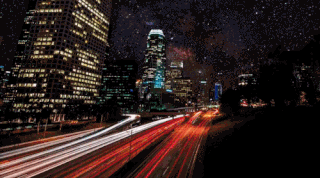 W
WSKYGLOW is an ongoing crowdfunded project exploring light pollution and its impact on cities, as well as North America's endangered dark-sky locations. It is produced by photographers/filmmakers Gavin Heffernan and Harun Mehmedinović, in association with the International Dark-Sky Association.
 W
WInternational Dark Sky Week, held during the week of the new moon in April, is a week during which people worldwide turn out their lights in order to observe the beauty of the night sky without light pollution. This event was founded in 2003 by high school student Jennifer Barlow of Midlothian, Virginia and its popularity and participation increases every year. It has been endorsed by the International Dark-Sky Association (IDA), the American Astronomical Society (AAS), the Astronomical League, and Sky & Telescope (S&T).
 W
WThe End of Night: Searching for Natural Darkness in an Age of Artificial Light is a 2013 non-fiction book by Paul Bogard on the gradual disappearance, due to light pollution, of true darkness from the night skies of most people on the planet. Bogard examines the effects of this loss on human physical and mental health, society, and ecosystems, and how it might be mitigated.
 W
WHong Kong has been named the world's worst city for light pollution. Commercial and residential areas Mong Kok, Tsim Sha Tsui and Causeway Bay are found to be the most severe areas of light pollution. Due to the spotlights and LED billboards, Hong Kong’s sky is many times brighter than other cities.
 W
WOverillumination is the presence of lighting intensity higher than that which is appropriate for a specific activity. Overillumination was commonly ignored between 1950 and 1995, especially in office and retail environments. Since then, however, the interior design community has begun to reconsider this practice. Overillumination encompasses two separate concerns:Unnecessary electric lighting is expensive and energy-intensive. Lighting accounts for approximately 9% of residential electricity use as of 2001 and about 40% of commercial electricity use. Excessive levels of artificial light may adversely affect health. These detrimental effects may depend on the spectrum as well as the overall brightness level of light.
 W
WPhotometry, from Greek photo- ("light") and -metry ("measure"), is a technique used in astronomy that is concerned with measuring the flux or intensity of light radiated by astronomical objects. This light is measured through a telescope using a photometer, often made using electronic devices such as a CCD photometer or a photoelectric photometer that converts light into an electric current by the photoelectric effect. When calibrated against standard stars of known intensity and colour, photometers can measure the brightness or apparent magnitude of celestial objects.
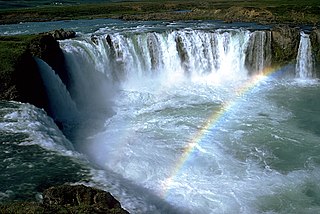 W
WPolarization is a property of light waves that describes the orientation of their oscillations. Polarized light pollution is a subset of the various forms of light pollution referring specifically to polarized light.
 W
WSky brightness refers to the visual perception of the sky and how it scatters and diffuses light. The fact that the sky is not completely dark at night is easily visible. If light sources were removed from the night sky, only direct starlight would be visible.
 W
WSkyglow is the diffuse luminance of the night sky, apart from discrete light sources such as the Moon and visible individual stars. It is a commonly noticed aspect of light pollution. While usually referring to luminance arising from artificial lighting, skyglow may also involve any scattered light seen at night, including natural ones like starlight, zodiacal light, and airglow.
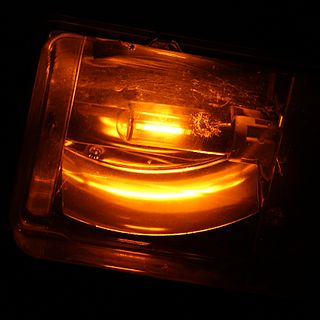 W
WA sodium-vapor lamp is a gas-discharge lamp that uses sodium in an excited state to produce light at a characteristic wavelength near 589 nm.
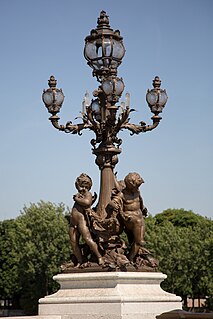 W
WA street light, light pole, lamppost, street lamp, light standard or lamp standard is a raised source of light on the edge of a road or path. Similar lights may be found on a railway platform. When urban electric power distribution became ubiquitous in developed countries in the 20th century, lights for urban streets followed, or sometimes led.
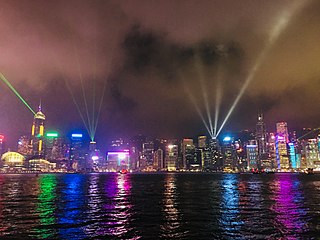 W
WA Symphony of Lights is a daily light and sound show in Hong Kong. It is the world's largest permanent light and sound show according to Guinness World Records. As of 2017, there are 42 participating buildings in the show.